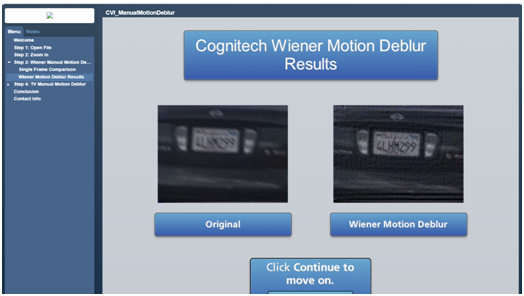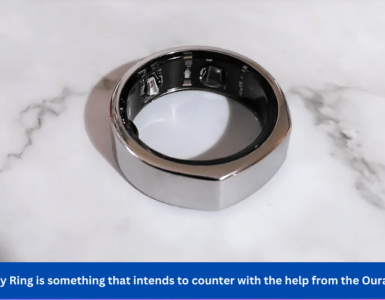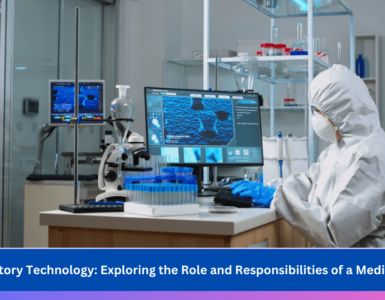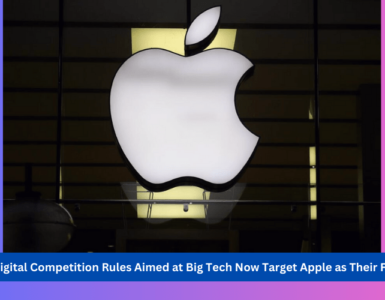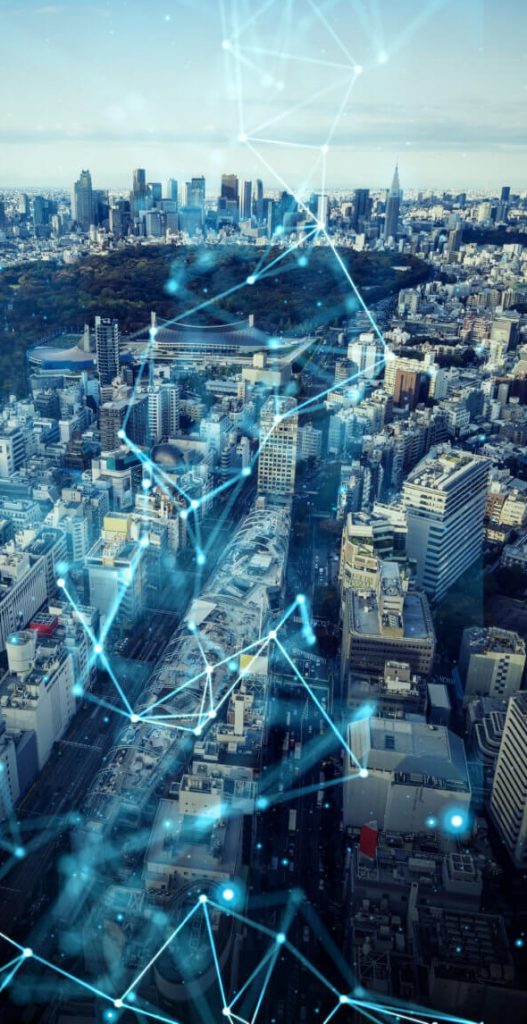Video evidence is frequently used in court. These videos and Images can be recorded with a wide variety of media recording devices, including body cameras, CCTVs, in-car cameras, cellphones, camcorders, webcams, and other similar devices.
Additionally, ATMs, airports, shopping centers, and other public areas like streets and transportation hubs have surveillance cameras that record everything we do. These gadgets’ captured video is frequently used in judicial investigations. They assist in determining both the purpose of a crime and the identity of the real perpetrators.
However, the quality of the video is crucial in these processes and can be a game-changer in criminal cases.
It is essential to note that a surveillance video may not be of sufficient quality to be used as evidence without competent forensic video enhancement for a variety of reasons, including
- Bad weather conditions
- Poor lighting
- Camera limitations
- Distance
- Angle, or recording speed.
Various Techniques Involved in Forensic Video Enhancement
Cognitech uses the latest techniques and cutting-edge software to calculate even the smallest detail and provide the highest quality forensic video. Given below is a short list of only 5 of the widely utilized video enhancement methods employed by forensic experts.
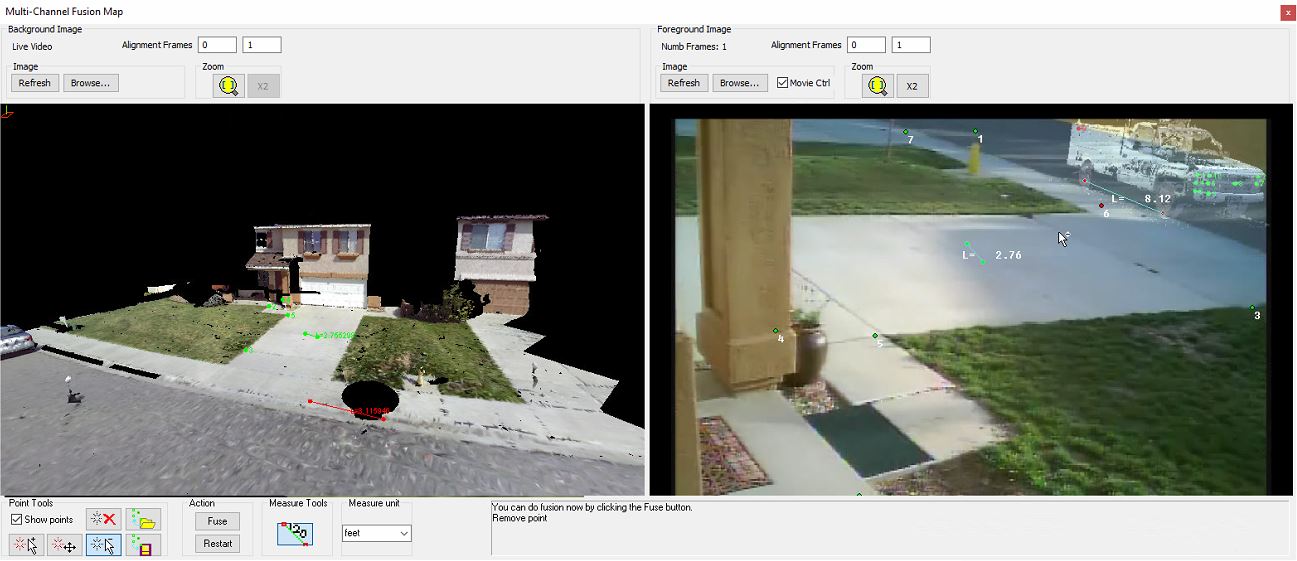

- Video Sharpening
The goal of sharpening, as the name suggests, is to make the video less hazy (i.e., sharper), so improving the visibility of what is happening inside. Local contrast adjustment is a different phrase that can be used to describe it.
However, to do this successfully, a skilled professional in forensic video analysis and enhancement is required; otherwise, oversharpening may result. It requires a lot of knowledge to know how to accomplish this phase right because it may remove some of the captured footage’s finer features.
- Stabilization
Video forensics experts may have to work with film shot on uneven surfaces, such as those that vibrate due to noise or earthquakes or while walking or driving. Naturally, this calls for video stabilization to lessen the amount of movement and shaking that is visible in the video.
In order to accomplish this, numerous intricate algorithms and filters are employed, and depending on how severe the jittering is, the problem may need to be approached from different directions. Video stabilization can significantly increase the consistency and stability of the recorded video footage.
- Noise Balancing
One of the ambient elements that can significantly affect how clear the footage is is noise. In some circumstances, if it’s intense enough (like during a downpour), it can render some dialogue inaudible. It should go without saying that audio-video forensics specialists cannot simply turn down the volume because doing so would also turn down the volume of the audio we are trying to isolate.
This is typically only possible with sophisticated algorithms that have been trained on audio samples that just contain noise and nothing else, allowing them to “recognize” the parts of the audio that we wish to keep and remove.
- Tone Mapping
Another method for forensically enhancing video is tone mapping, which can brighten the footage’s content to make it simpler to understand what happened during the incident. The technique, as its name suggests, entails mapping a color set after which it’s applied to a highly illuminated video.
However, the tricky part is to not overdo it because we don’t want to make the scene too bright.
- Videogrammetry
In its simplest form, videogrammetry involves speed measurements and video analysis. It involves obtaining precise measurements across several dimensions.
To fully interpret what occurred and identify specific characteristics, such as the direction from which a moving object originated and its traveling arc, etc., it is essential to have film shot with many cameras from a variety of different viewpoints.

